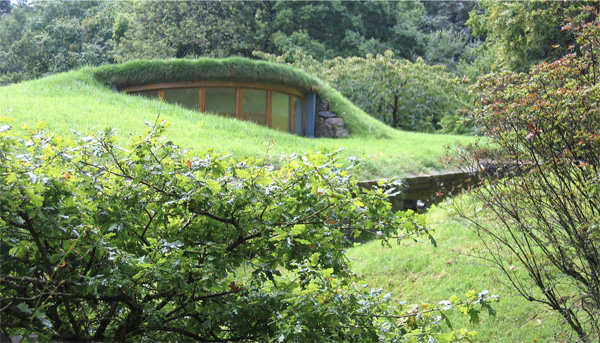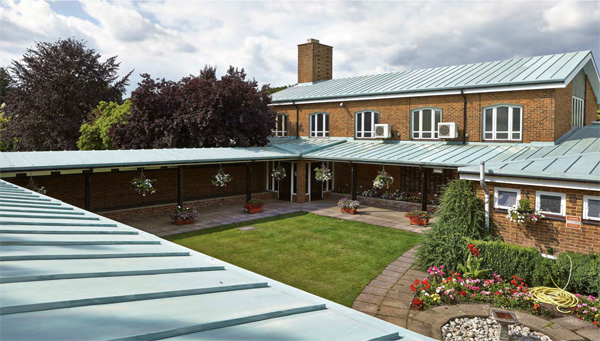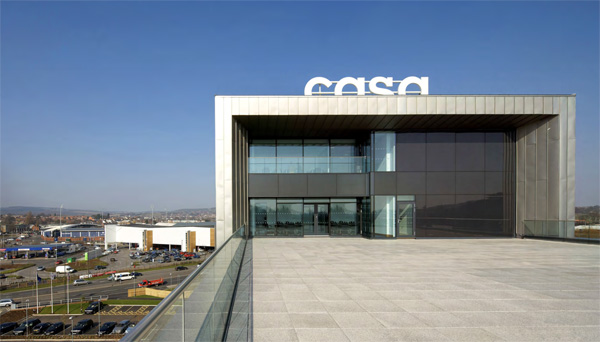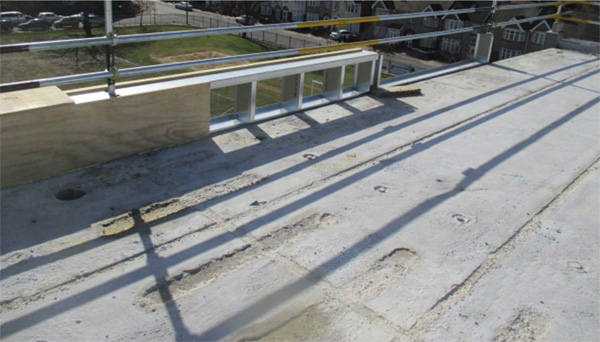Aesthetics and Structure
Flat Roof Checklist Part 2: Aesthetics and Structure
We’ve introduced the Flat Roof Checklist and looked at the Employers Requirements for Flat Roofs. Next begin talking about the design factors, starting with Aesthetic requirements and Roof Structure.
Q4 Flat Roof Aesthetics: What Aesthetic Do You Want to Deliver?
Ask yourself whether the roof will be visible at all, and from what angle. Will it be simply seen from a distance, or from close to? What are your flat roof aesthetics?
Do you need the roofing material to marry in with some existing material, structures, or cladding? Does it need to imitate a previous or existing covering, such as lead or copper? Are there any planning constraints that might require a similar aesthetic, material or colour match?
Your roof may also have a function which has aesthetic implications, for example if it is a podium deck, will it be used as an amenity space? Do you need the roof to help the building hide in the landscape?
Give your answers here, they will suggest some products in preference to others. For example if you want a coloured roof finish and later single ply is chosen, PVC will give you the widest range of colour options.
Q5 What Roof Structure are You Dealing With?
The chosen construction of a building is a very good indicator of the ideal roof structure and waterproofing solution.
Commercial or industrial units are frequently built using large, lightweight steel frame structures, and large residential low rise are sometimes lightweight timber frame. These lightweight structures give you less freedom with roof loading and would favour lightweight roof structures and finishes.
Other buildings such as high rise residential, public and civil buildings such as hospitals, may be constructed using dense masonry where a heavier roof structure is possible and may be desirable when other factors are taken into consideration such as longevity and protection.
For example, on dense concrete structures where access is required, one might consider hot melt or liquid more favourably than single ply, as the membrane would usually be buried with ballast on top. Whilst single ply can be used in this situation, special attention would need to be paid to protecting the membrane both during and after installation, which makes its use more complicated.
Identify the likely construction as concrete, steel or timber, and consider the size of spans, and this information will lock out some waterproofing options and suggest others.
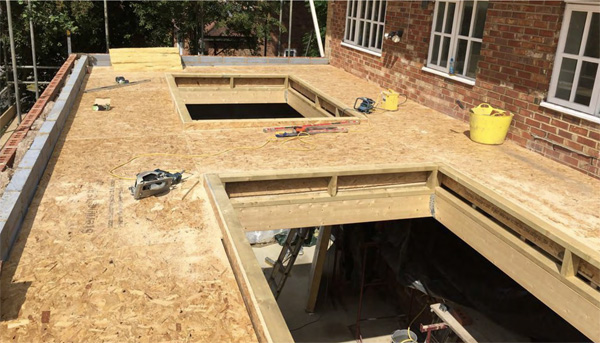
Lightweight timber roof deck over a brickwork structure
Now we’ve covered some of the basic design issues, we will look next at questions of drainage, falls, and how these impact on your choice of roof finish:
Next Section: Drainage, Insulation and Upstands
Go back to Checklist Introduction and Menu
Would you like a copy of the flat roof checklist to use yourself? You can download a copy here, or get in touch if you’d like some encapsulated ones with drywipe pens.




